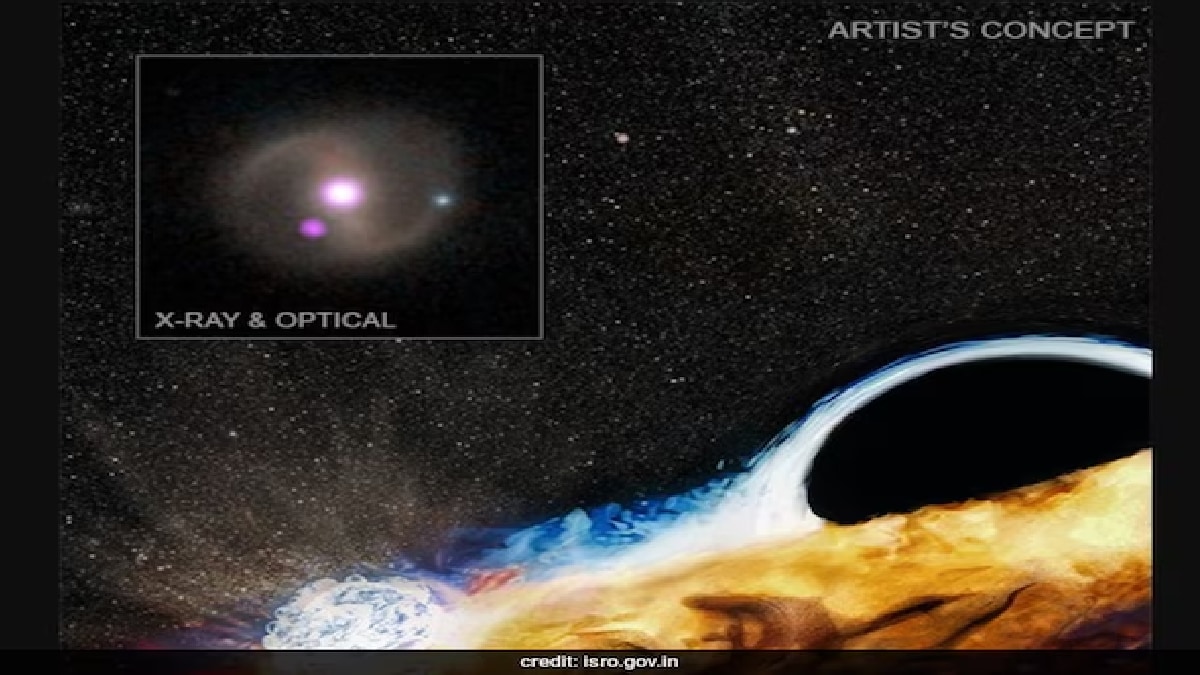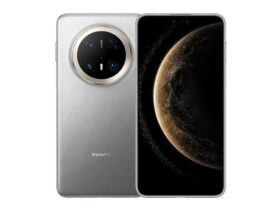In 2019, astronomers discovered the remains of a star hovering near a massive black hole. Very powerful gravity had torn this star into pieces. This process is called tidal disruption event or TDE. As the star disintegrated, its remains took a disk-like shape around the black hole. This disk remained stable for many years, but recently space scientists noticed something that was very extraordinary.
The disk that was around the black hole started interacting with another celestial object. It is likely a star or a smaller black hole that was previously rotating at a safe distance. But now, this other object is colliding with this debris-filled disk. This collision occurs every 48 hours due to which a large amount of X-rays come out of it. According to Matt Nicholl from Queen’s University Belfast, it is like a diver repeatedly jumping into a pool and splashing out the water each time.
This second star is also behaving here like a diver who is repeatedly diving into the disk and along with X-rays, a cloud of gas is also being produced here again and again. Astronomers have long talked about TDEs, where a single star is destroyed by a black hole in a single burst of energy. But, recently another surprising phenomenon has come to light which has been named Quasi Periodic Eruption (QPE). These are bright flashes of X-rays emanating from the centers of galaxies that appear at regular intervals. But nothing about them has been understood correctly yet.
Gadgets 360 for the latest tech news, smartphone reviews and exclusive offers on popular mobiles. Android Download the app and follow us Google News Follow on.














Leave a Reply